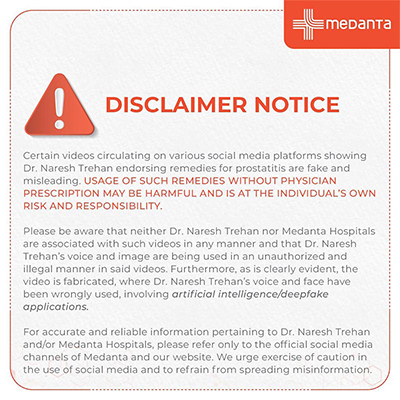Diabetes and Retinopathy: Understanding the Silent Threat to Vision
TABLE OF CONTENTS
Diabetes is a chronic condition that affects millions worldwide, leading to a range of complications if not managed properly. One of the most concerning complications is diabetic retinopathy, a serious eye condition that can lead to vision impairment and even blindness. Understanding the link between diabetes and retinopathy is crucial for prevention, early detection, and effective management.
What is Diabetic Retinopathy?
Diabetic retinopathy is a progressive eye disease caused by damage to the blood vessels of the retina due to high blood sugar levels. The retina is the light-sensitive tissue at the back of the eye that plays a critical role in vision. Over time, uncontrolled diabetes can weaken and damage these tiny blood vessels, leading to leakage, swelling, and abnormal blood vessel growth, which can severely impact eyesight.
Stages of Diabetic Retinopathy
Mild Nonproliferative Retinopathy: Small balloon-like swelling (micro aneurysms) occurs in the blood vessels of the retina.
Moderate Nonproliferative Retinopathy: Blood vessels supplying the retina are blocked, reducing oxygen flow.
Severe Nonproliferative Retinopathy: More blood vessels become blocked, prompting the retina to grow new, fragile vessels.
Proliferative Diabetic Retinopathy (PDR): Advanced stage where new, abnormal blood vessels grow on the retina, increasing the risk of severe vision loss or blindness.
Symptoms of Diabetic Retinopathy
In the early stages, diabetic retinopathy may not show any noticeable symptoms. As the disease progresses, individuals may experience:
Blurred vision
Floaters (dark spots or strings in vision)
Difficulty seeing at night
Faded or washed-out colors
Sudden loss of vision in severe cases
Risk Factors for Diabetic Retinopathy
Certain factors increase the risk of developing diabetic retinopathy, including:
Poorly controlled blood sugar levels
High blood pressure
Long duration of diabetes
Smoking
Pregnancy
Prevention and Management
Managing diabetes effectively is the key to preventing diabetic retinopathy. Here are some essential steps:
Control Blood Sugar: Keeping blood glucose levels in check reduces the risk of complications.
Regular Eye Exams: Annual dilated eye exams can help detect retinopathy early and prevent vision loss.
Maintain Healthy Blood Pressure & Cholesterol Levels: Proper management of hypertension and cholesterol can slow the progression of retinopathy.
Adopt a Healthy Lifestyle: A balanced diet, regular exercise, and avoiding smoking can significantly lower the risk.
Treatment Options
If detected early, diabetic retinopathy can be managed effectively. Treatment options include:
Laser Therapy (Photocoagulation): Helps seal leaking blood vessels and prevent further damage.
Anti-VEGF Injections: Medications that reduce abnormal blood vessel growth and swelling in the retina.
Vitrectomy: A surgical procedure to remove blood and scar tissue from the eye in advanced cases.
Conclusion
Diabetic retinopathy is a preventable and manageable condition, but it requires vigilance and proactive care. Regular eye check-ups, proper diabetes management, and a healthy lifestyle can help preserve vision and improve the quality of life for those living with diabetes. Awareness and early intervention are key in protecting eyesight from the silent threat of diabetic retinopathy.


